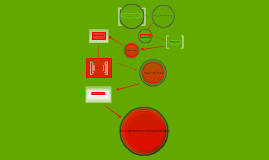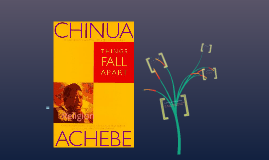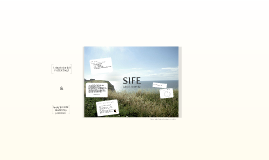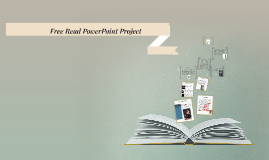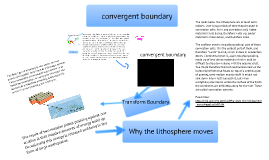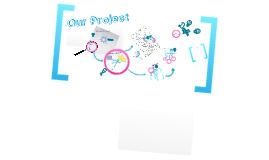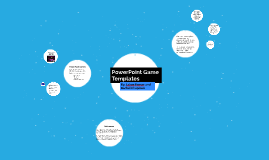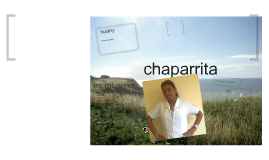Free Read PowerPoint
Transcript: Free Read PowerPoint Project Judith Rumelt, better known by her pen name Cassandra Clare, is an American author of young adult fiction. Main Characters Summary Prominent literary item Will Herondale-Will has dark hair and ocean blue eyes. Will is rude and cruel because he believes everyone that loves him will die. He believes this because a demon put a 'curse' on him. Tessa Gray- Tessa has blonde hair and grey eyes. She is very witty and enjoys literature. Recommendation of book Setting Jem Carstairs-Jem has silver hair and eyes, due to the drug he was tortured with before his family was killed. He plays the violin and is very kind, caring, and lovable. The most unique thing in Clockwork Angel is that there are supernatural occurrences such as demons, shape shifters, witches, vampires, and werewolves, etc. I definitely recommend Clockwork Angel by Cassandra Clare. I recommend this book because it uses great figurative language, such as "The machine walked like a man." Also, "There was a boy standing in front of her. He couldn´t have been much older than she was-seventeen or possibly eighteen. He was dressed in what looked like workman´s clothes-a frayed black jacket, trousers, and tough-looking boots. He wore no waistcoat, and thick leather straps crisscrossed his waist and chest. Attached to the straps were weapons-daggers and folding knives and things that looked like blades of ice. In His left hand-slim and long fingered-was bleeding where she had gashed the back of it with her pitcher. But that wasn´t what made her stare. He had the most beautiful face she had ever seen. Tangled black hair and eyes like blue glass. Elegant cheekbones,and long, thick lashes. He looked like every fictional hero she´d ever conjured up in her head. Tessa Gray goes to London to live with her brother. When she arrives Tessa is captured by twin sisters dubbed 'the Dark Sisters'. She was tortured and forced to use her gift of shape shifting for evil until Will Herondale rescues her. He then takes her to the institute, a place for shadowhunters to be cared for. Tessa meets the residents of the institute, Charlotte Branwell, the head of the institute, Henry Branwell, Charlotte's husband and inventor of a many great inventions, Jessamine Lovelace, girly and against all things shadowhunter, Jem Carstairs, a kind but very ill shadowhunter. Presentation Themes Clockwork Angel by Cassandra Clare Most unique thing in the book Presentation by Canaan Hall Clockwork Angel takes place in the institute, and the Dark Sister's home. The institute is an old church with very many rooms for passing visitors. The Dark Sister's house is large but sparsly furnished, in Tessa's room there is a bed with restraints, a mirror, and a nightstand with a few books. The themes for Clockwork angel are; you always need friends that you can trust, don't judge someone by their looks you don't know what they are going through, and even someone you wouldn't expect could be the hero. Cassandra Clare One prominent literary item in the book is personification. Personification is used throughout Clockwork Angel, such as "The machine walked like a man." Another example is, "The door creaked with a noise that sounded like a scream."






